
Find Help
More Items From Ergsy search
-
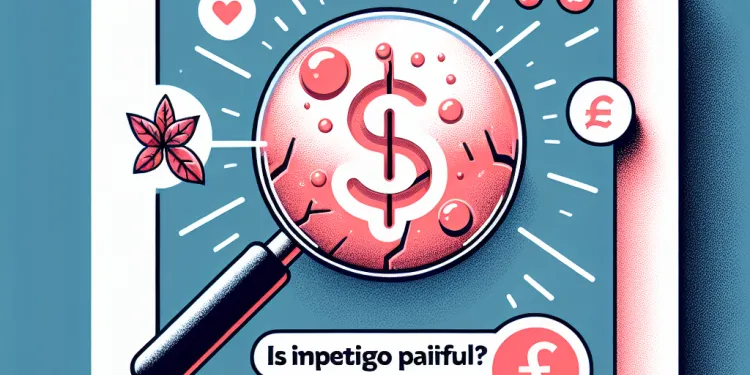
Is impetigo painful?
Relevance: 100%
-
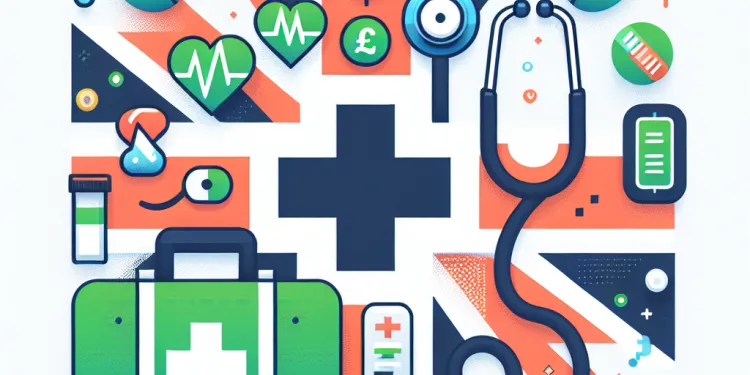
Can impetigo become serious?
Relevance: 66%
-
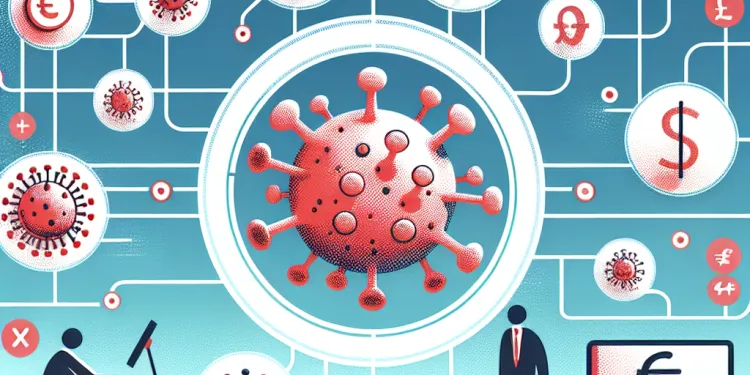
Is impetigo contagious?
Relevance: 65%
-
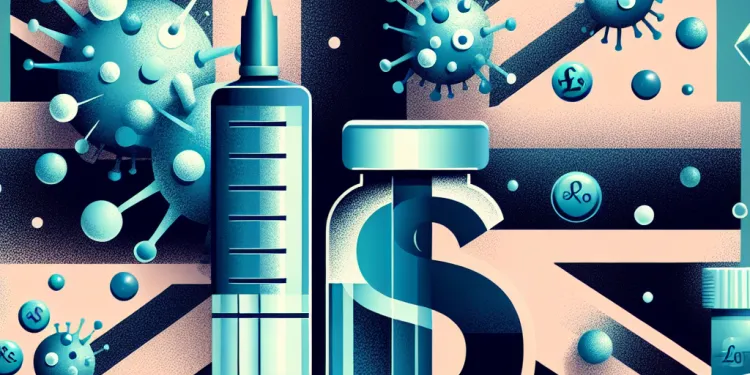
Is there a vaccine for impetigo?
Relevance: 65%
-

Pharmacy First – Impetigo Service
Relevance: 64%
-
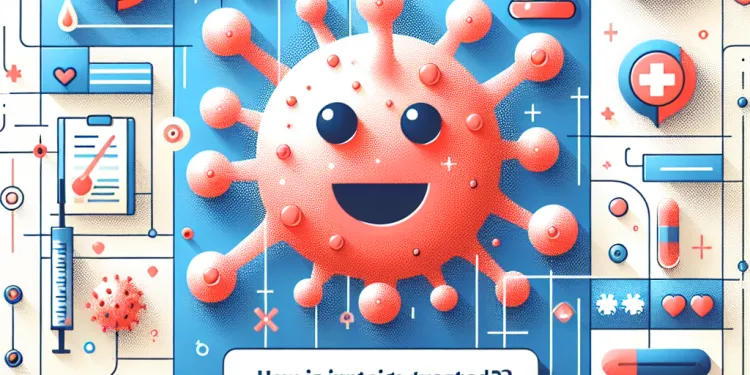
How is impetigo treated?
Relevance: 62%
-

When should I seek medical help for impetigo?
Relevance: 61%
-

How can I tell if I have impetigo?
Relevance: 61%
-

Minor ailment scheme - Impetigo
Relevance: 61%
-
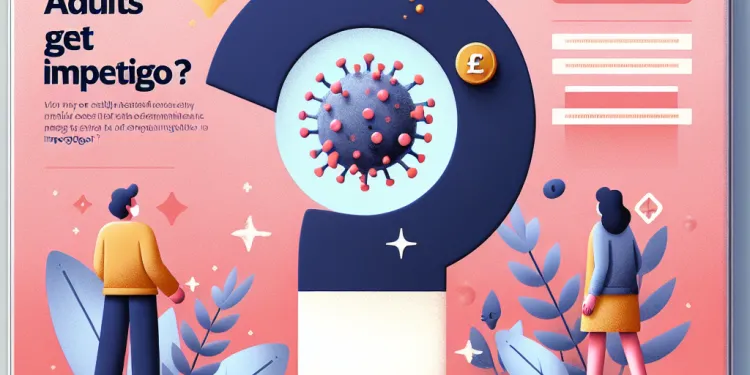
Can adults get impetigo?
Relevance: 60%
-
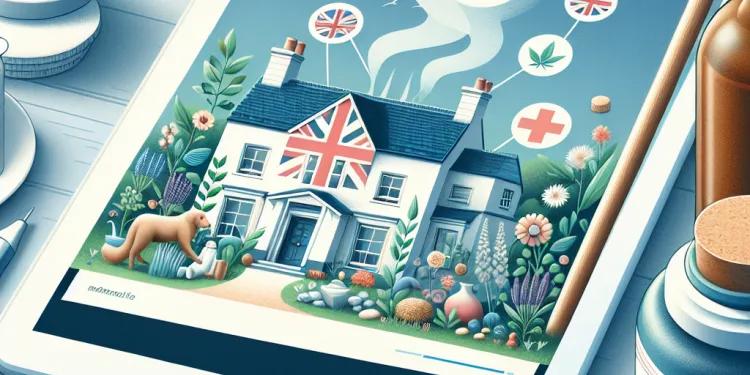
Are there any home remedies for impetigo?
Relevance: 59%
-
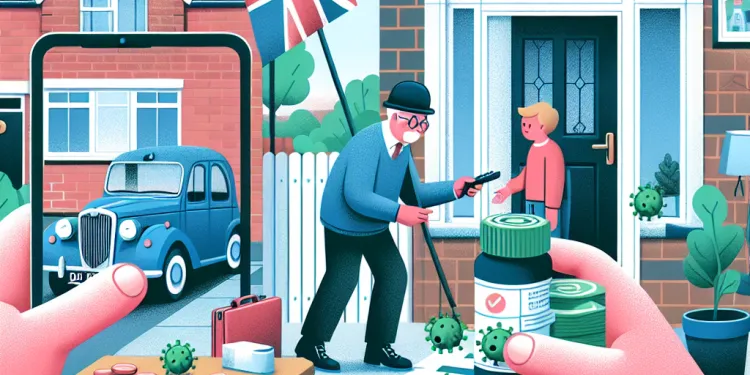
How can I prevent the spread of impetigo?
Relevance: 57%
-
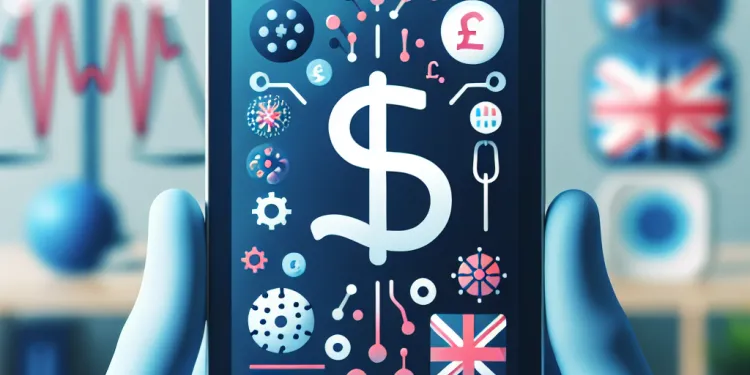
Can I get impetigo more than once?
Relevance: 56%
-

How long does it take for impetigo to heal?
Relevance: 56%
-
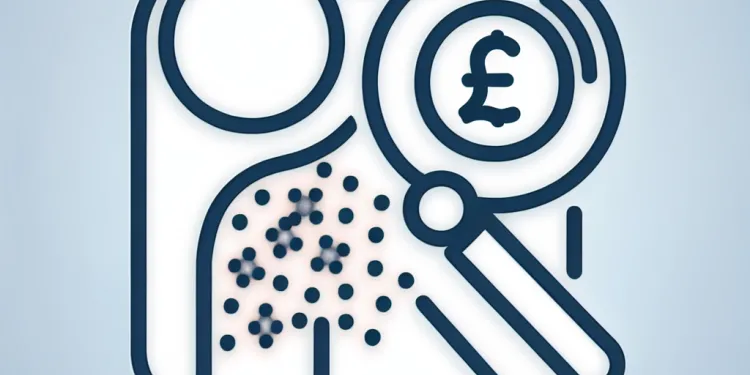
Can impetigo spread to other parts of my body?
Relevance: 55%
-
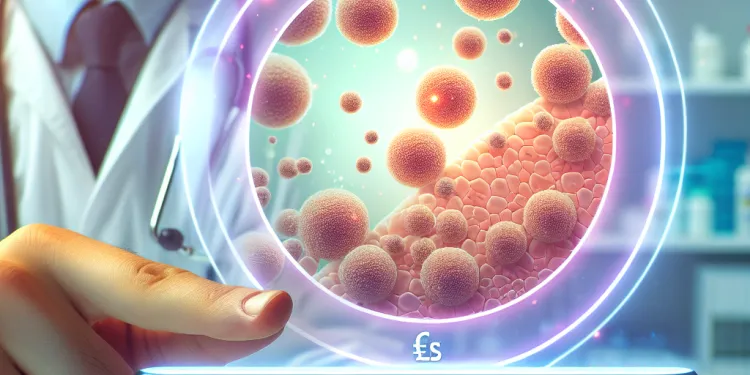
What should I do if my child has impetigo?
Relevance: 39%
-
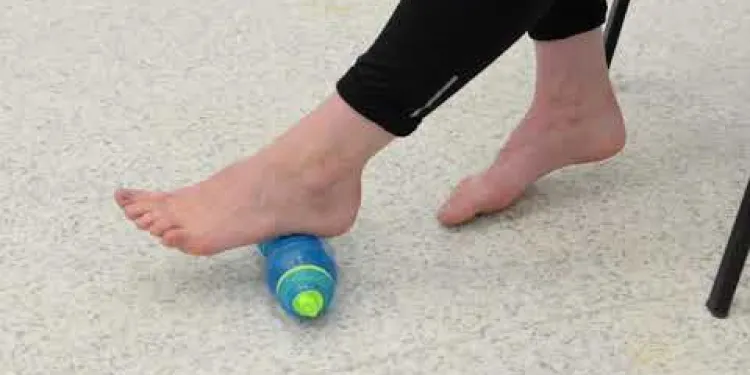
Foot Pain
Relevance: 36%
-

Is a facelift painful?
Relevance: 35%
-

Is a mammogram painful?
Relevance: 35%
-
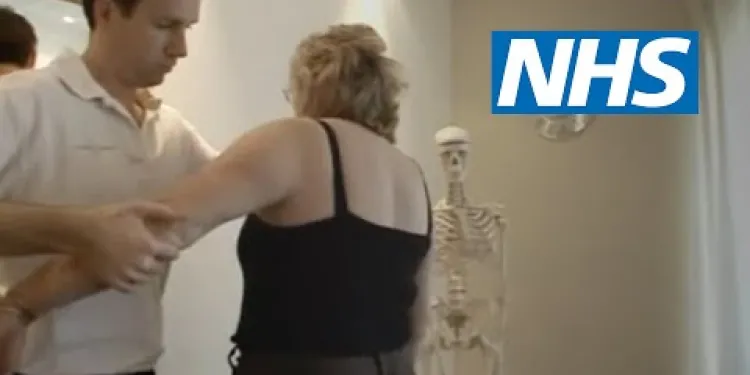
Shoulder pain | NHS
Relevance: 34%
-
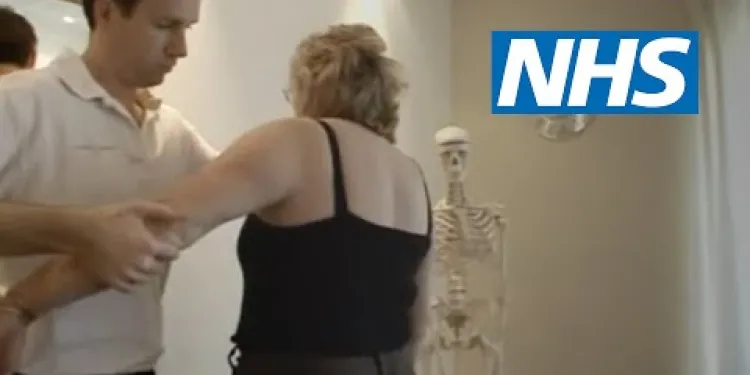
Shoulder pain | NHS
Relevance: 34%
-
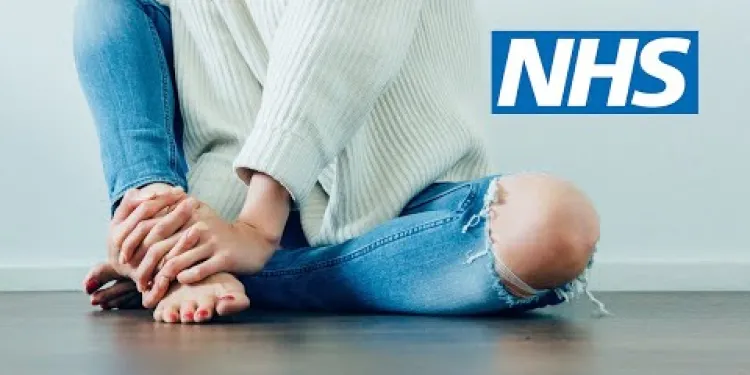
Heel pain | NHS
Relevance: 33%
-
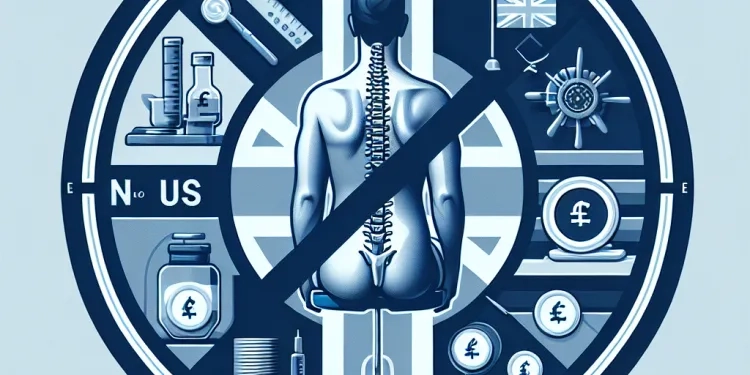
Are chiropractic treatments painful?
Relevance: 32%
-

Mechanical Lower Back Pain
Relevance: 32%
-

Will I feel pain during the procedure?
Relevance: 32%
-

Advice on neck pain and whiplash
Relevance: 32%
-

Stomach ache and abdominal pain
Relevance: 32%
-

Period pain (dysmenorrhoea) - BSL
Relevance: 31%
-

Shoulder subacromial shoulder pain
Relevance: 31%
-

Shoulder pain | NHS
Relevance: 31%
-
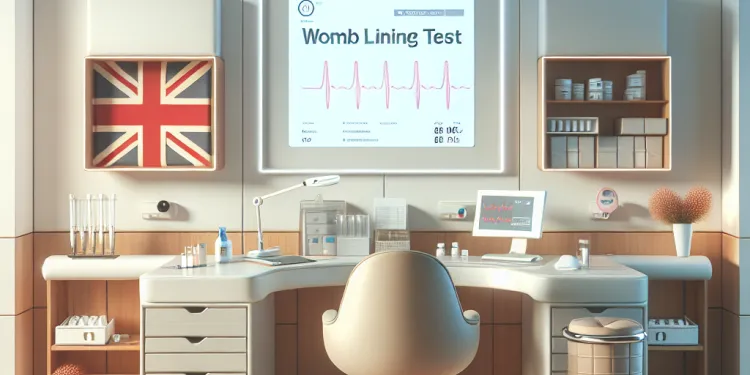
Is the womb lining test painful?
Relevance: 31%
-
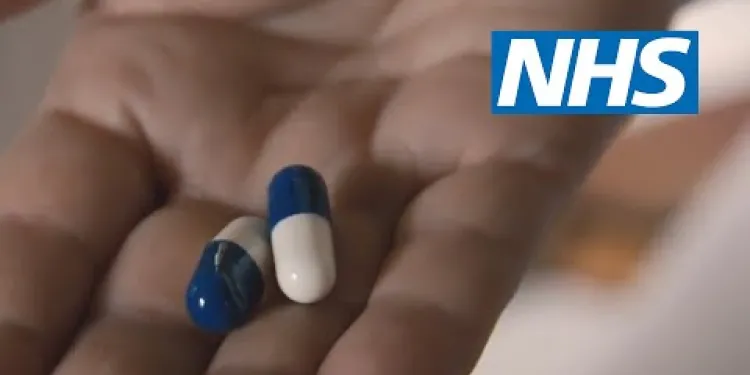
How to treat back pain | NHS
Relevance: 30%
-
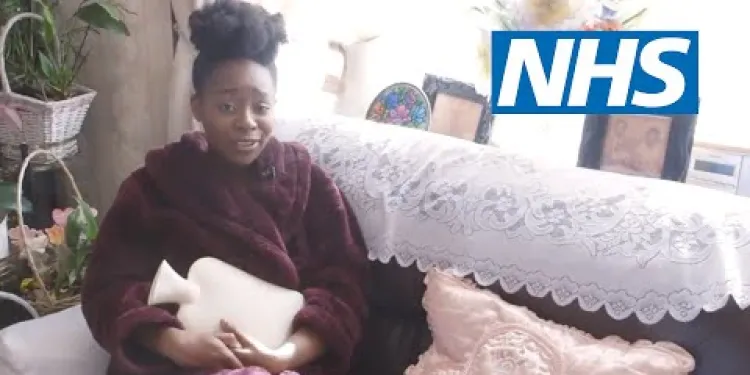
How to deal with period pain | NHS
Relevance: 30%
-
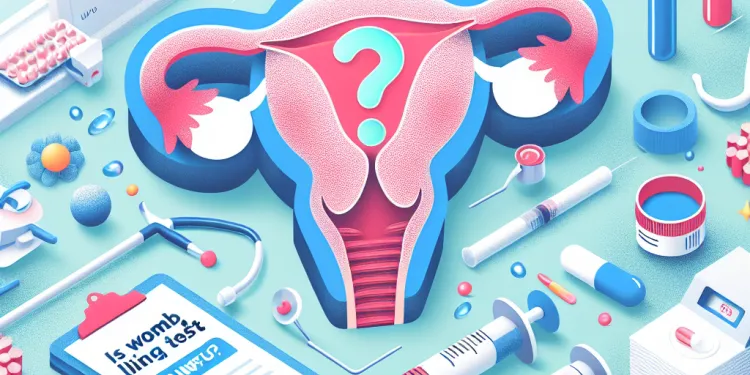
Is a womb lining test painful?
Relevance: 30%
-
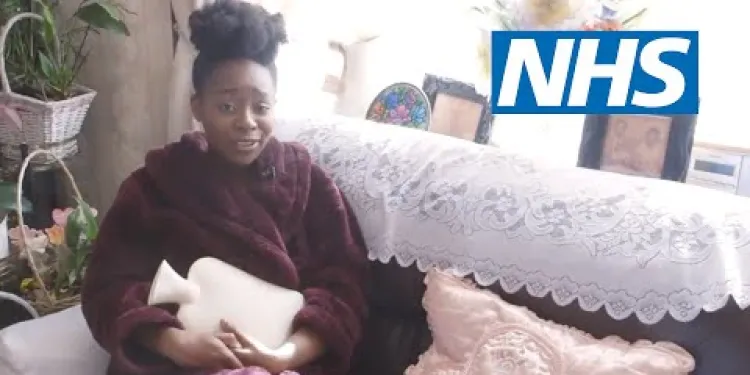
How to deal with period pain | NHS
Relevance: 30%
-
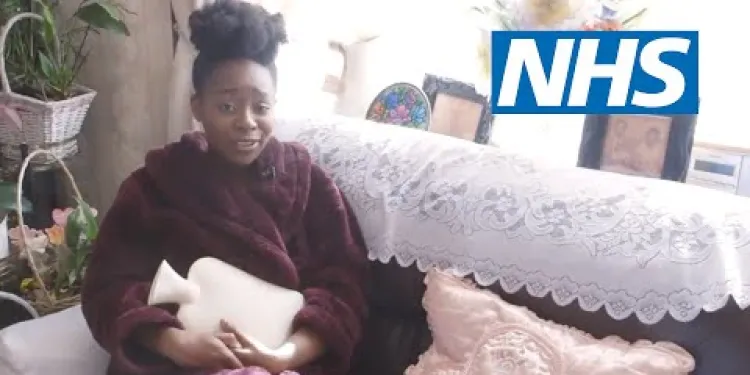
How to deal with period pain | NHS
Relevance: 30%
-
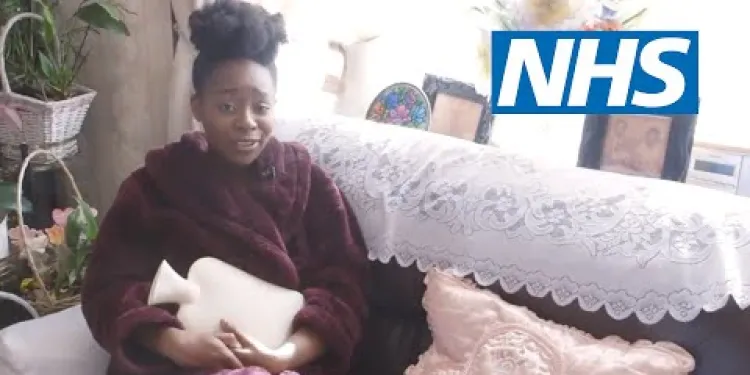
How to deal with period pain | NHS
Relevance: 30%
-

How do chiropractors treat back pain?
Relevance: 30%
-

Greater trochanteric pain syndrome
Relevance: 30%
-

Can I use Ibuprofen for menstrual pain?
Relevance: 29%
Understanding Impetigo
Impetigo is a common and highly contagious skin infection primarily affecting infants and young children, although it can also occur in adults. It is typically caused by two types of bacteria: Staphylococcus aureus and Streptococcus pyogenes. Impetigo is characterized by the appearance of red sores or blisters, which eventually burst and form a yellowish crust. The infection is most commonly found on the face, particularly around the nose and mouth, but it can also spread to other parts of the body.
Is Impetigo Painful?
Whether impetigo is painful or not can vary from person to person. In general, impetigo is not usually described as being particularly painful. Instead, people affected by impetigo may experience other symptoms such as itching, soreness, or irritation in the affected area. The sores and blisters may feel tender to touch, but they are not typically associated with severe pain.
It is important to note that while impetigo itself may not be very painful, scratching the sores due to itching can lead to discomfort and complications, such as spreading the infection to other areas of the skin. Additionally, secondary infections arising from open sores that become contaminated can increase pain and lead to further issues.
Complications and Pain Management
In some cases, impetigo can lead to more serious complications, particularly if left untreated. These complications might include cellulitis, which is a deeper skin infection, or rarely, scarlet fever or kidney inflammation. These complications can lead to more significant discomfort or pain. However, such scenarios are uncommon with prompt and appropriate treatment.
Managing any potential pain or discomfort associated with impetigo involves both treating the infection and alleviating symptoms. Doctors usually prescribe topical antibiotics to be applied directly to the skin, and in more severe cases, oral antibiotics might be necessary. These treatments help to clear the infection and minimize symptoms such as itching and soreness. Over-the-counter pain relief medications, such as paracetamol or ibuprofen, can be used to manage any mild pain or discomfort.
Prevention Measures
Preventing the spread of impetigo is crucial, especially considering its highly contagious nature. Wash hands frequently with soap and water, avoid sharing personal items like towels or clothing, and keep the nails short to reduce the risk of scratching and spreading the bacteria. It's also advisable to keep any cuts, scrapes, or insect bites clean and covered until healed. If you suspect that you or your child have impetigo, consulting with a healthcare professional for accurate diagnosis and effective treatment is highly recommended.
Conclusion
Impetigo is generally not considered a painful condition, but it can cause significant discomfort due to itching and irritation. Prompt medical treatment is essential to resolve the infection and prevent complications that could lead to more noticeable pain. Being aware of the symptoms and understanding how to manage and prevent impetigo can help reduce the risk of transmission and ensure a quick recovery.
Understanding Impetigo
Impetigo is a skin infection. It spreads easily from one person to another. It is most common in babies and young children. Adults can get it too. The infection is caused by two types of germs called bacteria. They are Staphylococcus aureus and Streptococcus pyogenes. Impetigo makes red sores or blisters on the skin. These sores can break open and form a yellow crust. The sores often appear on the face, around the nose and mouth. Sometimes, they spread to other parts of the body.
Is Impetigo Painful?
Impetigo does not usually hurt a lot. People with impetigo often feel itching, soreness, or irritation on the skin. The sores and blisters can be tender when touched. It is important not to scratch the sores. Scratching can spread the infection and cause more irritation. If the sores get dirty, they can lead to more pain. This can happen if there is a new infection in those sores.
Complications and Pain Management
If impetigo is not treated, it can lead to other problems. These problems can make the skin hurt more. For example, cellulitis is a deeper skin infection. Rarely, people can get scarlet fever or kidney problems from impetigo. But these happen less when treated quickly. To help impetigo, doctors give special creams or medicines. These stop the infection and make itching and soreness better. You can take pain relief medicine like paracetamol or ibuprofen to feel more comfortable.
Prevention Measures
Stopping the spread of impetigo is very important. Wash your hands often with soap and water. Do not share towels or clothes with others. Keep your fingernails short to stop scratching. Cover any cuts or insect bites until they heal. If you think you or your child has impetigo, see a doctor. They can help find out if it is impetigo and suggest the right treatment.
Conclusion
Impetigo usually does not cause strong pain. But it can make skin feel uncomfortable because of itching. Treating it quickly helps stop the infection and avoids bigger problems. Knowing the signs and how to handle impetigo helps stop it from spreading. It also helps you feel better sooner.
Frequently Asked Questions
Is impetigo painful for everyone who has it?
Impetigo is generally not very painful, although it can cause mild discomfort or itching. The level of pain can vary from person to person.
Can impetigo cause severe pain?
Impetigo is not typically associated with severe pain. It can cause mild irritation or itching, but severe pain is uncommon and might indicate another issue.
Why does impetigo itch if it's not very painful?
Impetigo tends to itch because the bacteria cause irritation and inflammation of the skin, which is often perceived as itching rather than pain.
How can I relieve the itching or mild pain caused by impetigo?
Applying topical antiseptics, keeping the affected area clean, and using prescribed antibiotics can help reduce itching and discomfort.
Does the pain level of impetigo change as the infection progresses?
The discomfort from impetigo might increase if the infection spreads or worsens, but it is generally more itchy than painful.
Can children with impetigo experience pain differently than adults?
Children might experience a different level of discomfort than adults, often being more bothered by the itching sensation rather than pain.
Should I be concerned if my child says impetigo is painful?
If your child complains of significant pain, consult a healthcare professional, as this is not typical for impetigo and may indicate a secondary infection or another issue.
How does impetigo feel compared to other skin infections?
Impetigo typically feels less painful than other skin infections but is more prone to causing itching and minor irritation.
Are there any over-the-counter treatments that can alleviate impetigo pain?
Over-the-counter antibiotics can offer relief, but it's best to consult a doctor for appropriate treatment to prevent the infection from worsening.
Can untreated impetigo become painful over time?
If left untreated, impetigo can lead to complications or secondary infections which may cause increased pain or discomfort.
Does impetigo cause pain during washing or touching the affected area?
Touching or washing the affected area might cause mild tenderness or discomfort, but it usually isn't very painful.
Is it common for impetigo to be more painful in certain locations on the body?
Impetigo might feel more uncomfortable in sensitive areas, like around the mouth or nose, but it's usually not described as painful.
Can the pain associated with impetigo be a sign of another underlying condition?
If you're experiencing significant pain with impetigo, it might indicate a deeper infection or another skin disorder that needs medical evaluation.
Do ointments for impetigo have any pain-relief properties?
Topical antibiotics may help reduce discomfort and speed healing, indirectly reducing any pain or irritation.
Is impetigo more painful on certain skin types or colors?
Pain levels from impetigo generally do not vary significantly across different skin types or colors, although symptoms might appear differently.
Besides antibiotics, are there natural remedies to reduce discomfort from impetigo?
Keeping the area clean, using warm compresses, and aloe vera may provide some relief, but they should not replace medical treatments.
Can using antibiotics make impetigo less painful?
Yes, antibiotics target the underlying infection, leading to reduced symptoms and discomfort.
If impetigo feels painful, could it be misdiagnosed?
While rare, painful lesions may indicate a misdiagnosis or concurrent infection, so medical advice is recommended.
What should I do if the itching from impetigo becomes unbearable?
Consult your healthcare provider. They might recommend antihistamines or topical treatments to reduce itching.
Do blisters from impetigo cause pain when they burst?
Blisters might cause temporary mild discomfort when they burst, but it's typically not very painful.
Does impetigo hurt everyone who gets it?
Impetigo can feel different for each person. Some people might feel pain, while others do not.
If you have impetigo, talk to a doctor or nurse. They can help make it better.
Looking at pictures or using simple words can help you understand more about impetigo.
Impetigo usually does not hurt a lot. It might make your skin feel a little sore or itchy. Different people feel different levels of pain.
Does impetigo hurt a lot?
Impetigo is a skin problem. It usually doesn't hurt a lot. It might make your skin feel a bit itchy or uncomfortable. But if it hurts a lot, you should tell a doctor. It might be something else.
Why does impetigo make you itch if it doesn't hurt much?
Impetigo makes your skin feel itchy. This happens because germs make your skin sore and red. You feel it more like itching, not pain.
How can I stop the itching or little pain from impetigo?
Here are some easy ways to feel better:
- Wash the skin gently with soap and water.
- Put a clean bandage on it to keep it covered.
- Use a cool, damp cloth on the itchy spot to help it feel better.
- Ask an adult to help you apply a cream for itching or pain.
- Don’t scratch the itchy skin. It can make it worse.
If it still hurts or itches a lot, talk to a doctor or nurse for help.
To help stop itching and feel better, you can do a few things. Put special cream on the sore spot, keep the area clean, and use medicine the doctor gives you.
Does Impetigo Hurt More Over Time?
Impetigo is a skin infection. It can hurt. The pain might feel different as the infection grows.
Here are some tips to help understand:
- Ask a grown-up or doctor if it is hurting.
- Look at a picture of healthy skin and compare.
- Use simple words to talk about it, like "it hurts more" or "it hurts less".
Impetigo can make your skin feel very itchy. Sometimes, if the infection gets bigger or worse, it might be a little more uncomfortable. But usually, it is more itchy than hurting.
Do children with impetigo feel pain differently than grown-ups?
Impetigo is a skin infection. It can make the skin sore and itchy.
Children might feel pain differently from adults. This is because their skin is more sensitive.
If a child has impetigo, they might feel more or less pain than a grown-up would.
Here are some things that might help:
- Use a soothing cream to reduce itching and soreness.
- Keep the skin clean and dry.
- Talk to a doctor if you have more questions.
Kids might feel more itchy than grown-ups. The itching can bother them more than any pain.
Should I worry if my child says impetigo hurts?
It's good to know about impetigo. Impetigo is a skin infection. It can make red sores on the skin. Sometimes, these sores can hurt.
If your child says the impetigo is painful, it is important to listen. You can help by talking to a doctor. A doctor can give medicine to help.
You can also help by keeping the sores clean. Wash gently and cover them with a bandage. This can make the pain less.
If your child is worried, you can try to make them feel better. Say kind words and give hugs.
You can also use a thermometer to check for a fever. A fever can mean the infection is stronger. Tell the doctor if your child has a fever.
Remember, doctors and nurses are there to help. They can make sure your child gets better soon.
If your child says it hurts a lot, talk to a doctor or nurse. This is not normal for impetigo. It could mean there is another problem or infection.
How does impetigo feel compared to other skin infections?
What does impetigo feel like on your skin? Is it different from other skin infections?
If it's hard to understand, try these tips:
- Use simple words to explain. For example, instead of "infection," you can say "skin problem."
- Also, ask someone to read with you and talk about what it means.
- Draw pictures to help show how the skin feels.
Impetigo does not usually hurt a lot. It can make your skin feel itchy and a little bit sore.
Can you buy medicine at a store to help with impetigo pain?
If you have impetigo, there are some things you can buy at the store to help with the pain. Remember to:
- Ask a pharmacist for advice on what to use.
- Use cream or gel to help soothe itchy or sore spots.
- Keep the sore areas clean and covered.
It’s still a good idea to see a doctor to make sure you get the right treatment.
There are some medicines you can buy at the store that might help. But it's a good idea to talk to a doctor. The doctor can give you the right treatment, so the infection doesn’t get worse.
Will impetigo start to hurt if you don't get it treated?
If we do not treat impetigo, it can cause more problems. It might make you feel more pain or uncomfortable because other infections can happen.
Does impetigo hurt when you wash or touch it?
Touching or washing the sore spot might feel a little tender or uncomfortable, but it usually doesn't hurt much.
Does impetigo hurt more in some body parts?
Impetigo is a skin infection. It can make the skin red and sore. Some areas on the body can hurt more than others. If you have impetigo and it hurts, tell a grown-up or a doctor. They can help you feel better. You can also use these tips to feel better: - Use a cold, wet cloth on the sore spot. - Wash your hands often to stay clean. - Ask an adult to help put cream on the sore spot. If you are worried, always talk to a doctor.Impetigo can be itchy near places like your mouth or nose. It might feel a bit uncomfortable, but it usually doesn't hurt.
Does the pain from impetigo mean something else is wrong?
Impetigo can hurt. Sometimes, pain might show another problem. Ask a doctor if you're worried.
Here are some things that can help:
- Use simple words.
- Ask someone to read it with you.
- Use pictures to help understand.
If you have bad pain with impetigo, it could mean there is a bigger problem or a different skin issue. You should see a doctor.
Do creams for impetigo help with pain?
Impetigo is a skin infection. Sometimes it can hurt or itch.
Do the creams you put on impetigo help with pain?
When reading, try using a magnifying glass or ask someone to read with you.
If you find it hard to focus, take short breaks or try using a ruler to keep your place on the page.
Putting medicine on your skin can help you feel better and heal faster. This can also stop it from hurting or itching.
Does impetigo hurt more on different skin types or colors?
Impetigo is a skin infection. It can feel different for everyone. Some people might say it hurts more on their skin. Others might not feel much pain.
Skin type and color might make a difference. Some skin might be more sensitive. If you are worried, you can talk to a doctor or a nurse.
Using tools like a magnifying glass can help see your skin better. Talking helps, too! Use simple words and ask questions.
The pain from impetigo feels the same for everyone, no matter what your skin looks like. But it might look a bit different on each person.
Are there natural ways to feel better from impetigo, other than using medicine?
To help feel better, you can keep the area clean, use warm cloths, and try aloe vera. But remember, these don't replace what your doctor says.
Do antibiotics help with impetigo pain?
Yes, antibiotics help fight infections. This means you start to feel better and have less pain.
If impetigo hurts, is it the wrong illness?
Sometimes, sore spots on your skin can mean there is something else going on. It could be a wrong diagnosis or another infection. It's a good idea to talk to a doctor.
What can I do if the itching from impetigo is really bad?
If the itching from impetigo is too much, here are some tips you can use:
- Try not to scratch the itchy area. Scratching can make it worse.
- You can put a cool, wet cloth on the itchy skin to help it feel better.
- Tell an adult or a doctor if it’s very itchy. They can give you cream or medicine to help.
These steps can help stop the itching and make you feel better.
Talk to your doctor. They might give you medicine to help stop the itching.
Do blisters from impetigo hurt when they pop?
Blisters are little bumps on your skin filled with fluid. They happen with a skin infection called impetigo.
When these blisters pop, they might hurt a bit. But not everyone feels the same way. For some people, it might not hurt much at all.
If it's too sore, don't worry. Tell a grown-up or see a doctor to help you feel better.
Try not to scratch or touch the blisters. This can help them heal faster.
You can use things like a soft towel to dry your skin gently.
Blisters can hurt a little bit when they pop, but it’s usually not too bad.
Useful Links
- Ergsy carfully checks the information in the videos we provide here.
- Videos shown by Youtube after a video has completed, have NOT been reviewed by ERGSY.
- To view, click the arrow in centre of video.
- Most of the videos you find here will have subtitles and/or closed captions available.
- You may need to turn these on, and choose your preferred language.
- Go to the video you'd like to watch.
- If closed captions (CC) are available, settings will be visible on the bottom right of the video player.
- To turn on Captions, click settings .
- To turn off Captions, click settings again.
More Items From Ergsy search
-

Is impetigo painful?
Relevance: 100%
-

Can impetigo become serious?
Relevance: 66%
-

Is impetigo contagious?
Relevance: 65%
-

Is there a vaccine for impetigo?
Relevance: 65%
-

Pharmacy First – Impetigo Service
Relevance: 64%
-

How is impetigo treated?
Relevance: 62%
-

When should I seek medical help for impetigo?
Relevance: 61%
-

How can I tell if I have impetigo?
Relevance: 61%
-

Minor ailment scheme - Impetigo
Relevance: 61%
-

Can adults get impetigo?
Relevance: 60%
-

Are there any home remedies for impetigo?
Relevance: 59%
-

How can I prevent the spread of impetigo?
Relevance: 57%
-

Can I get impetigo more than once?
Relevance: 56%
-

How long does it take for impetigo to heal?
Relevance: 56%
-

Can impetigo spread to other parts of my body?
Relevance: 55%
-

What should I do if my child has impetigo?
Relevance: 39%
-

Foot Pain
Relevance: 36%
-

Is a facelift painful?
Relevance: 35%
-

Is a mammogram painful?
Relevance: 35%
-

Shoulder pain | NHS
Relevance: 34%
-

Shoulder pain | NHS
Relevance: 34%
-

Heel pain | NHS
Relevance: 33%
-

Are chiropractic treatments painful?
Relevance: 32%
-

Mechanical Lower Back Pain
Relevance: 32%
-

Will I feel pain during the procedure?
Relevance: 32%
-

Advice on neck pain and whiplash
Relevance: 32%
-

Stomach ache and abdominal pain
Relevance: 32%
-

Period pain (dysmenorrhoea) - BSL
Relevance: 31%
-

Shoulder subacromial shoulder pain
Relevance: 31%
-

Shoulder pain | NHS
Relevance: 31%
-

Is the womb lining test painful?
Relevance: 31%
-

How to treat back pain | NHS
Relevance: 30%
-

How to deal with period pain | NHS
Relevance: 30%
-

Is a womb lining test painful?
Relevance: 30%
-

How to deal with period pain | NHS
Relevance: 30%
-

How to deal with period pain | NHS
Relevance: 30%
-

How to deal with period pain | NHS
Relevance: 30%
-

How do chiropractors treat back pain?
Relevance: 30%
-

Greater trochanteric pain syndrome
Relevance: 30%
-

Can I use Ibuprofen for menstrual pain?
Relevance: 29%


